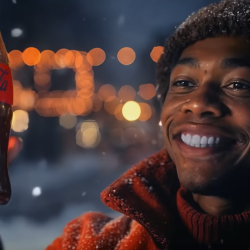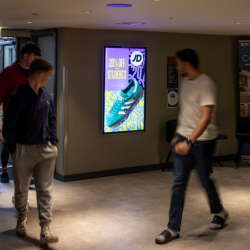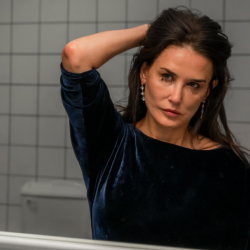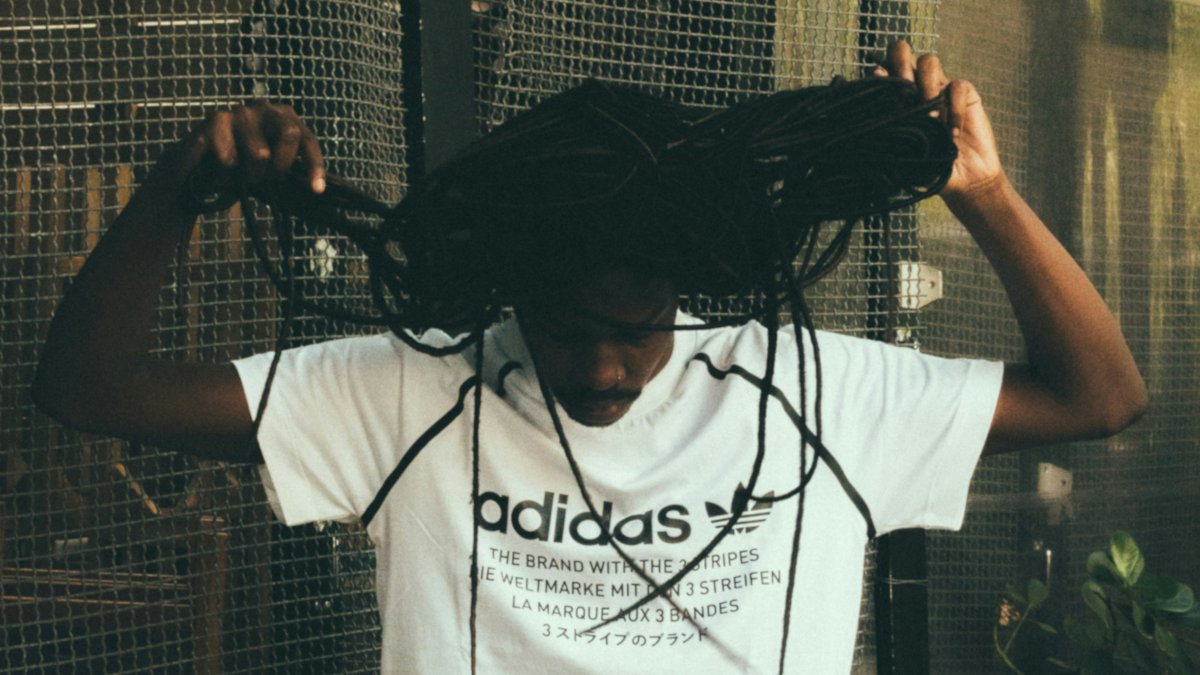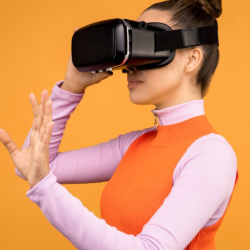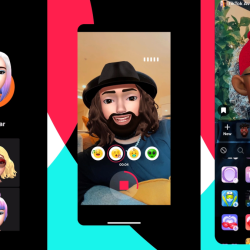Is the global fashion industry in a wobbly and uncertain place right now? Perhaps. According to McKinsey’s State of Fashion 2024 report, it is. But there are areas where it seems to be growing and thriving. One such place is in digital and virtual fashion. Not that this is new news, necessarily, but back in 2021 Fashion Editor at The Guardian, Hannah Marriott, wrote about how digital fashion designers were being sought for the UK’s first degree in virtual couture. She went on to say skins (dressing your gaming characters in virtual clothes), and the skins market was estimated to be worth $40bn at the time, and that was three years ago.
Two years later, in 2023, ‘the market for virtual fashion is booming’ with over one billion items purchased by gamers in Roblox Avatar marketplace the year before. That same year Women Love Tech’s Lifestyle Editor, Marie-Antoinette Issa, explored gaming going glam, looking at luxury jewellery brand Thomas Sabo’s foray into the virtual world, with their partnership with fashion game Pocket Styler. ‘The collaboration isn’t just about fashion, it’s about redefining the intersection of fashion and gaming’, she wrote.
In some cases it’s individuals that are enjoying success in virtual fashion. Last year This Is Money profiled a 17-year-old business owner called Rush Bogin. He joined Roblox when he was seven years old, and now runs a multimillion-dollar company that make Roblox products — with high-profile clients on his books, like model Karlie Kloss and Elton John. Kloss had, for the last few years, ‘been focused on the potential for brands on Roblox.’ And she employed Bogin to help her launch Klosette, a Roblox game where players can create and style their own looks, and climb the fashion ranks.

Sticking with Roblox, insights from their 2023 Trends Report showed ‘the growing importance of digital self-expression’ for Gen Z, where over half of them (surveyed in the report) said they prioritise styling their avatar over their physical appearance. And 84% considered digital fashion to be ‘somewhat important’ and thought that importance is growing. This bleeds into the real world, too, with Gen Z saying their physical style is ‘significantly influenced by their avatar’s style.’
And at the end of last year Vogue Business released an in-depth report, ‘The fashion exec’s guide to gaming’, where they said ‘gaming is becoming the new normal for fashion and beauty brands’. Forbes reported on French luxury fashion house Balmain, and how they’re using gaming tech and AI to power a ‘virtual fit’ solution called BODS. This solution is run by Unreal Engine (the platform that powers Fortnite, Gears of War, Sea Of Thieves and many other games), and allows customers to more precisely try on clothes using 3D avatars. Which, in theory, reduces the amount they return items bought online which don’t quite fit. Thus saving the brand money.
We’ve also had Nike’s push into video game wearables via .Swoosh, their Web3 platform which they launched last year, and is the home for Nike’s virtual products. Despite a slightly rocky start, after a few months the platform passed $1m in sales, and now Nike are looking to ‘go way deeper’ into video game fashion. And not to be outdone in the virtual world, and perhaps eyeing their competitor, earlier this year Adidas worked with a Roblox creator to design a virtual necklace that sold in May for $20,000.
To return to luxury, last year Christian Dior ran a campaign to see if virtual try-ons would lead to greater recall and purchase intent. Which they did. And New York fashion house Coach, following their involvement in 2023’s Metaverse Fashion Week (an event which launched in 2022), have now rolled out a digital fashion collection on Roblox and avatar-based social app Zepeto.
So where does that leave us? Perhaps in a place where virtual fashion is growing at quite the rate, through virtual try-ons, skins for avatars, and driven by Gen Z and their desire for digital self-expression. Gaming, in its own right, continues to grow, but perhaps this rich seam in terms of the growth of virtual, is just what fashion needs right now to shake it up.
Featured image: Camilla Carvalho / Unsplash
